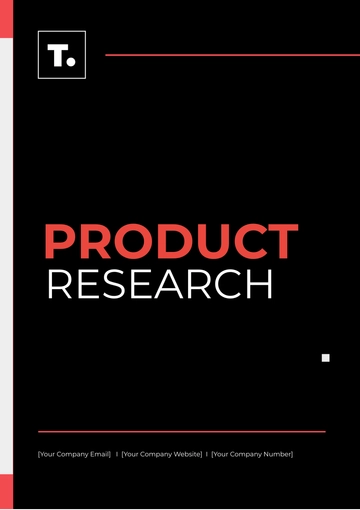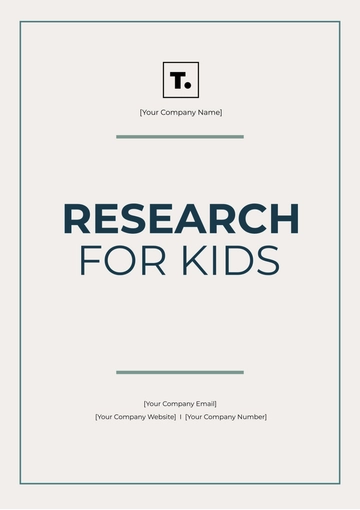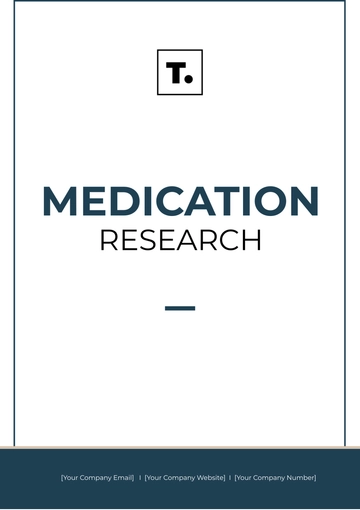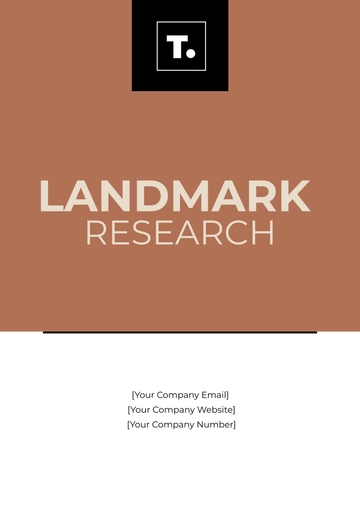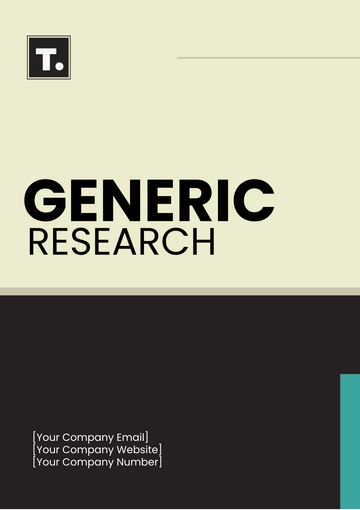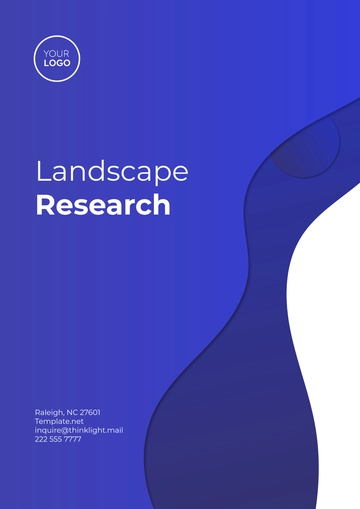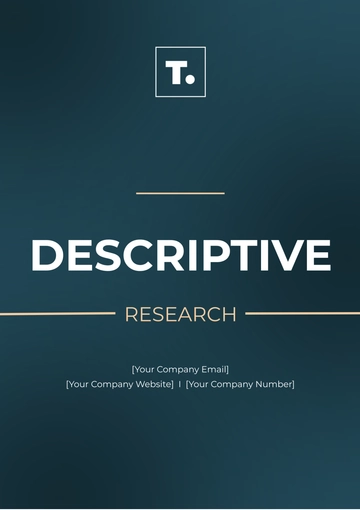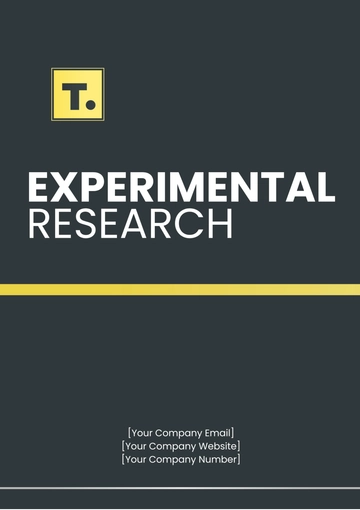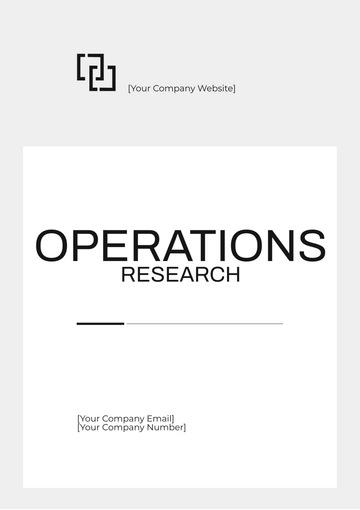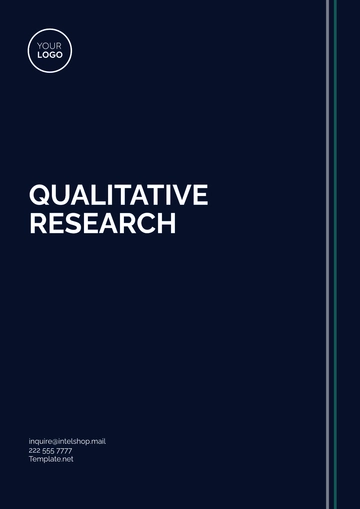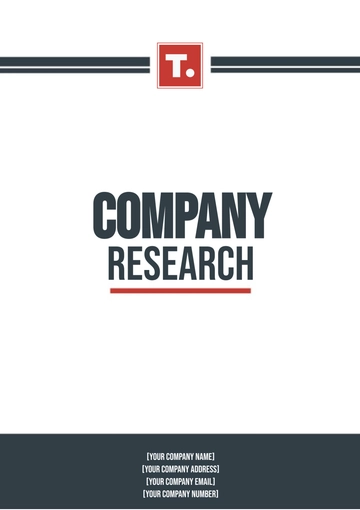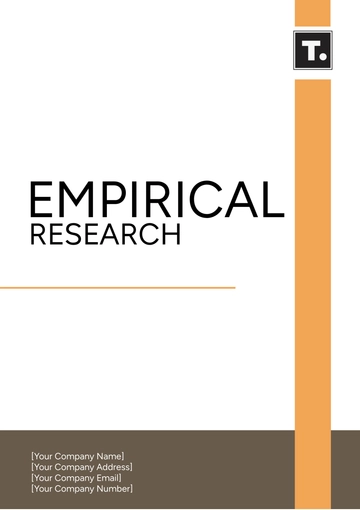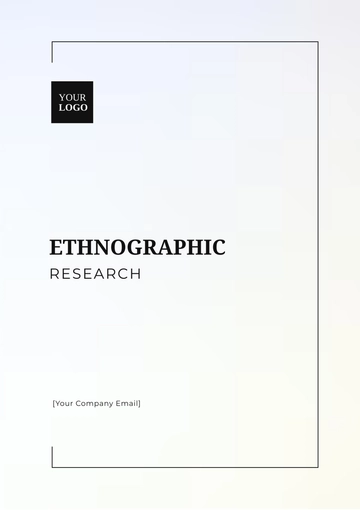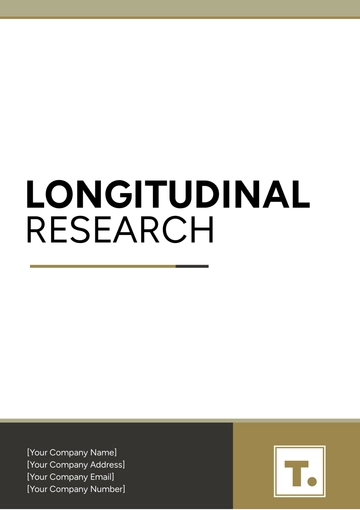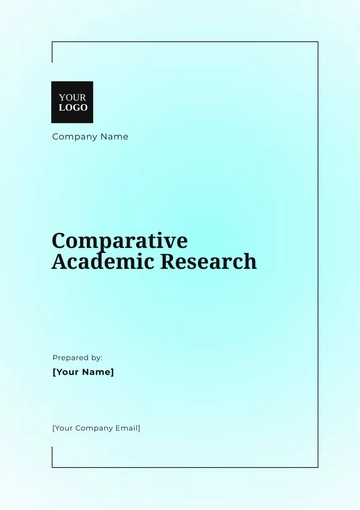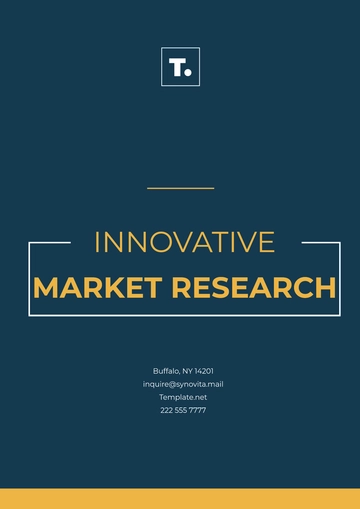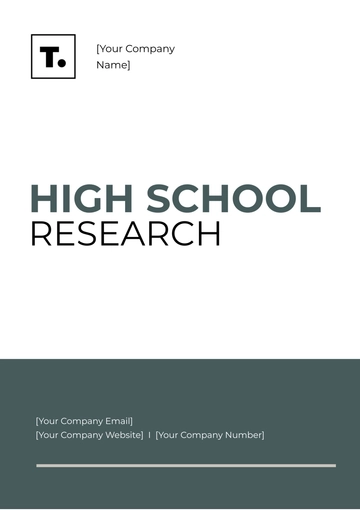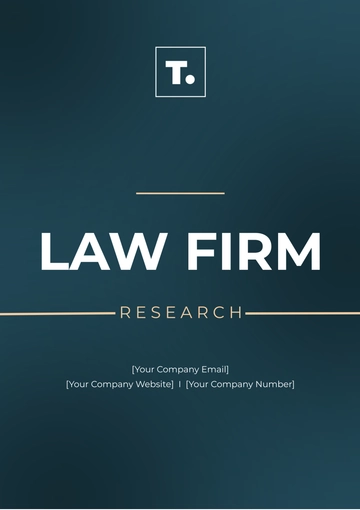Free Detailed Research on Industry Best HR Practices
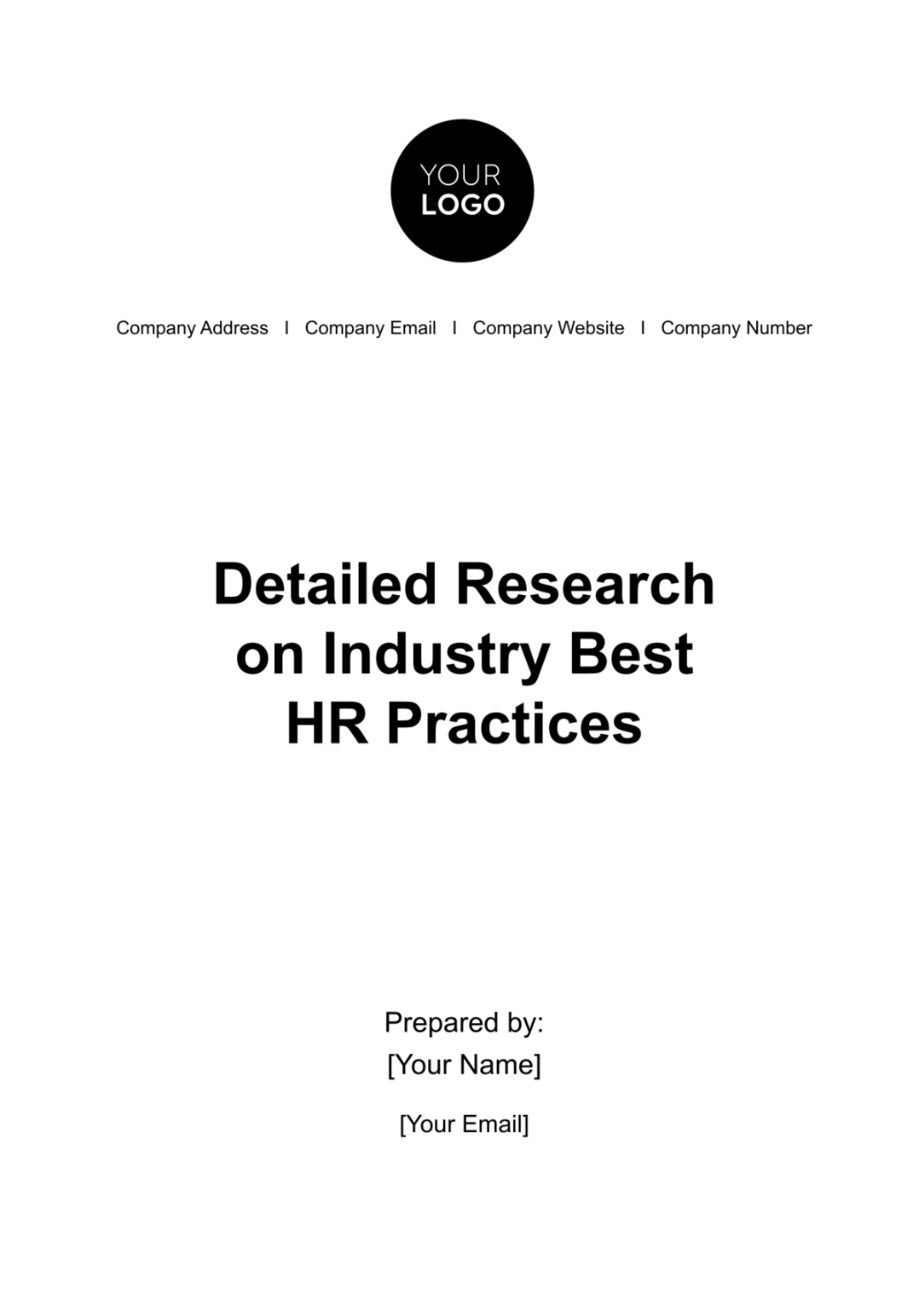
Best HR Practices
Table of Contents
1. Introduction........................................................................................................2
2. Objectives..........................................................................................................2
3. Scope.................................................................................................................3
4. Methodology.....................................................................................................4
5. Research Findings.............................................................................................4
6. Best Practices....................................................................................................5
7. Conclusion..........................................................................................................6
8. Recommendations.............................................................................................6
9. References.........................................................................................................7
10. Appendices......................................................................................................8
1. Introduction
Welcome to this comprehensive research report on Industry Best HR Practices, tailored specifically for [Company Name]. In today's fast-paced business environment, the role of the Human Resources (HR) department has never been more critical. Traditionally tasked with recruiting, training, and managing personnel, modern HR departments now serve as strategic partners to businesses, contributing directly to company goals and long-term visions. As the scope of HR continues to broaden, incorporating elements such as employee well-being, organizational culture, and data-driven decision-making, staying abreast of the latest trends and best practices in the field becomes indispensable for maintaining a competitive edge.
This report is designed to provide a robust understanding of these industry best practices, covering a wide range of areas including talent acquisition, employee engagement, compensation and benefits, diversity and inclusion, and training and development. We've conducted in-depth research, using both qualitative and quantitative methods, to offer actionable insights and recommendations that can be seamlessly integrated into [Company Name]'s existing HR strategies. Our objective is to provide you with the tools and knowledge necessary to not only match but exceed industry standards, thereby enhancing both employee satisfaction and overall organizational effectiveness.
2. Objectives
The core objectives of this research report are threefold: identification, analysis, and recommendation. Below, we delve into each of these key goals, outlining what they entail and their significance in the context of [Company Name]'s HR management strategy.
● To identify the industry’s best practices in HR management: Our first objective is to identify the best practices that are shaping the Human Resources industry today. This involves a comprehensive review of academic literature, case studies, industry reports, and expert interviews. The idea is to form a well-rounded view of what top-performing companies are doing to succeed in various HR dimensions such as recruitment, employee engagement, retention, and training. By understanding these best practices, [Company Name] will be better positioned to refine its HR strategies.
● To analyze how these practices align with [Company Name]'s current strategies: The second objective focuses on a critical assessment of how the identified best practices align with or diverge from [Company Name]'s current HR policies and processes. This involves a gap analysis to see where [Company Name] stands in relation to industry leaders. The aim here is to offer a clear picture of areas where the company is excelling and aspects that need attention or complete overhaul. The insights drawn from this analysis can serve as a roadmap for integrating industry best practices into the existing HR framework.
● To provide recommendations to enhance [Company Name]'s HR processes: The final objective is to provide actionable recommendations based on the findings from the first two objectives. These recommendations will be tailored to [Company Name]'s unique needs and challenges, offering solutions that are both feasible and impactful. Whether it involves adopting new technologies for talent management, revising compensation packages, or introducing employee well-being programs, our goal is to ensure that [Company Name] not only meets but exceeds industry standards, thereby ensuring a happy workforce and a successful business.
3. Scope
The scope of this research is expansive, aiming to provide a holistic overview of Human Resources best practices in a range of industries including technology, healthcare, finance, retail, and manufacturing. We recognize that different sectors may have unique challenges and strengths, but also believe that cross-industry insights can offer invaluable perspectives that are universally applicable. Therefore, this report does not limit itself to the specific industry in which [Company Name] operates but casts a wider net to capture diverse and innovative HR strategies.
In line with our objectives, the report first identifies the most effective HR practices in areas such as talent acquisition, employee engagement and retention, compensation and benefits, training and development, diversity and inclusion, and workforce analytics. Subsequently, we analyze how these practices align with [Company Name]'s existing HR policies. The aim is to assess where [Company Name] stands in relation to the industry benchmarks, regardless of the sector. This multi-industry approach allows us to provide a rich set of data and recommendations that [Company Name] can adapt according to its specific needs, opportunities, and challenges. By doing so, we aim to offer a comprehensive guide that enables [Company Name] to elevate its HR practices to meet or surpass industry best standards.
4. Methodology
The methodology of this research is designed to be rigorous and comprehensive, employing a mixed-method approach to ensure the most accurate and actionable insights. On the primary research front, we conducted online surveys targeting HR professionals across various industries. These surveys were meticulously crafted to cover essential aspects of HR management, from talent acquisition and onboarding to benefits and compensation. In addition to surveys, in-depth interviews were conducted with seasoned HR experts, including some from Fortune 500 companies, to gather qualitative data and expert opinions on current best practices.
For secondary research, we delved into a rich body of literature consisting of academic journals, white papers, and case studies. By doing so, we aimed to validate the findings from our primary research and put them into the context of existing scholarly work and real-world examples. Additionally, we reviewed the annual reports of multiple organizations to understand how their HR strategies have affected their business outcomes.
This dual approach, combining both qualitative and quantitative data, allows us to offer a more well-rounded view of current industry best practices in HR. It also ensures that the recommendations made are not just theoretically sound but also practically feasible for [Company Name] to implement.
5. Research Findings
Please refer to the appendices for a full list of our research data and citations.
6. Best Practices
The following section outlines the identified best practices in various dimensions of HR management. These best practices are industry standards, proven to deliver optimal results. Each best practice is accompanied by its potential or actual application at [Company Name] to offer a concrete roadmap for implementing these best practices in your organization.
Table: Best Practices and Their Application at [Company Name]
HR Dimenson | Industry Standard | Application at [Company Name] |
Talent Acquisition | Leveraging data analytics for targeted recruitment | Implementing data-driven strategies can enhance the efficiency of recruitment processes. |
Employee Engagement | Regular employee surveys and feedback mechanisms | Surveys could be used to assess employee engagement levels and guide initiatives. |
Compensation & Benefits | Flexible benefits plans | Adopting flexible plans can cater to diverse employee needs and boost retention. |
Diversity & Inclusion | Unconscious bias training | Such training can foster a more inclusive workplace environment. |
Training & Development | Microlearning platforms | Microlearning can provide quick, targeted training for employees, making learning more manageable. |
This table serves as a succinct summary of the best practices that are either already in place or could be implemented at [Company Name]. The intent is to align these industry standards with our internal strategies for a more robust, efficient, and employee-friendly HR management system.
7. Conclusion
In the ever-changing landscape of human resources, staying abreast of industry best practices is not merely an option—it is a necessity for long-term success and sustainability. This research aimed to identify these best practices across various sectors of HR management, from talent acquisition and employee engagement to compensation and benefits. By understanding these practices and how they can be seamlessly integrated into [Company Name]'s current operations, the company stands to gain a significant competitive edge. The potential benefits are manifold: streamlined recruitment processes, higher levels of employee engagement, more effective training programs, and a more inclusive work environment, among others. As a result, [Company Name] can expect not only to improve its operational efficiencies but also to elevate its reputation as an employer of choice, thereby attracting top talent and achieving higher levels of employee satisfaction and retention.
8. Recommendations
The ever-evolving nature of human resources demands proactive measures to stay ahead of the curve. In light of the research conducted and the best practices identified, the following recommendations are made to enhance [Company Name]'s HR processes. Each recommendation is expanded upon to provide context, rationale, and actionable steps for effective implementation.
● Adopt data analytics in recruitment processes: In an age where data is increasingly integral to decision-making, the recruitment process should be no exception. Leveraging data analytics can significantly improve the efficiency and effectiveness of talent acquisition. It helps HR professionals to understand candidate behaviors, skill set availability in the job market, and even predict candidate success in specific roles. By incorporating data analytics into the recruitment pipeline, [Company Name] can better match candidates to roles, thus reducing turnover and improving overall team performance.
● Implement regular employee engagement surveys: Employee engagement is directly linked to productivity, job satisfaction, and retention rates. To understand the pulse of the organization, it's critical to have a structured mechanism for gathering employee feedback. Regular engagement surveys provide actionable insights into areas that require attention or improvement. This could range from work-life balance issues to opportunities for professional growth. Implementing these surveys at [Company Name] would allow the HR department to make data-driven decisions geared towards increasing employee satisfaction and engagement levels.
● Review and adapt benefits plans to offer flexibility: The modern workforce is diverse and has varying needs and preferences when it comes to benefits. A one-size-fits-all approach to benefits is increasingly becoming obsolete. Flexible benefits plans can cater to the individual needs of employees, making them feel more valued and, in turn, more engaged in their work. By reviewing and adapting the benefits plans at [Company Name], HR can ensure they are aligning with employee needs and market trends, thereby enhancing the company's attractiveness as an employer and improving employee retention rates.
9. References
The following list includes academic journals, articles, reports, and other references that have been consulted in the process of compiling this research document on Industry Best HR Practices. These sources have greatly contributed to the depth and breadth of the research.
Academic Journals
● Armstrong, M. (2018). A Handbook of Human Resource Management Practice. Journal of Human Resource Management.
● Harzing, A. W., & Pinnington, A. (2020). International Human Resource Management. Academy of Management Journal.
Articles
● Kaplan, R. S., & Norton, D. P. (2017). "Balanced Scorecard – Measures That Drive Performance." Harvard Business Review.
● Deci, E. L., & Ryan, R. M. (2016). "Self-determination theory in work organizations: The state of a science." Annual Review of Organizational Psychology and Organizational Behavior.
Reports
● Deloitte Insights (2021). "Global Human Capital Trends." Deloitte.
● McKinsey & Company (2020). "People Analytics: The Future of HR." McKinsey Quarterly.
Online Resources
● SHRM (Society for Human Resource Management). "Employee Engagement and Retention." Retrieved from [website link].
● Bersin, J. (2021). "The Role of HR in Employee Experience." Retrieved from [website link].
Case Studies
● Google’s HR Practices: A Strategic Edge? - Case Study by ICMR, 2019.
● Employee Retention Strategies at Microsoft: Case Study by Harvard Business School, 2020.
Books
● Pfeffer, J. (2015). Leadership BS: Fixing Workplaces and Careers One Truth at a Time. HarperCollins.
● Pink, D. H. (2011). Drive: The Surprising Truth About What Motivates Us. Riverhead Books.
For further information, it is advised to consult these references to gain a more comprehensive understanding of the HR best practices that are shaping the industry.
10. Appendices
The appendices include sample survey forms, data charts, and interview transcripts that were used in the research process to obtain insights into the best HR practices in the industry.
Appendix A: Sample Survey Form
HR Best Practices Survey
On a scale of 1-5, how satisfied are you with the current recruitment process?
[ ] 1 (Very Unsatisfied)
[ ] 2
[ ] 3
[ ] 4
[ ] 5 (Very Satisfied)
Do you think the company's benefit plan meets your needs?
[ ] Yes
[ ] No
What form of training do you prefer?
[ ] On-the-job
[ ] Microlearning modules
[ ] Traditional classroom settings
[ ] Other: ________________
Appendix B: Data Charts
Charts | Categories | Percentage |
Chart 1: Employee Satisfaction Levels with Recruitment Process | Very Satisfied | 23% |
| Satisfied | 40% |
| Neutral | 20% |
| Unsatisfied | 12% |
| Very Unsatisfied | 5% |
Chart 2: Preferred Training Methods | On-the-job | 55% |
| Microlearning modules | 25% |
| Traditional classroom settings | 20% |
This table provides a condensed view of the data charts included in the research, summarizing employee opinions on the recruitment process and preferred training methods.
Appendix C: Interview Transcripts
Interview with [Name], HR Manager at [Company Name]
Interviewer: What are some best practices that you think [Company Name] should adopt?
[Name]: I believe implementing a data analytics system for our recruitment process would be beneficial. It can help us find candidates more efficiently and match them to the most suitable positions.
Interviewer: What are your thoughts on employee engagement?
[Name]: Engagement is crucial for productivity. We could conduct regular surveys to gauge how our employees feel about their work, which could lead to improvements in their work environment.
For further inquiries, please contact [Names] at [Personal Email] or [User Phone]. Thank you.
- 100% Customizable, free editor
- Access 1 Million+ Templates, photo’s & graphics
- Download or share as a template
- Click and replace photos, graphics, text, backgrounds
- Resize, crop, AI write & more
- Access advanced editor
Explore the potential of your HR department with our Detailed Research on Industry Best HR Practices Template. This comprehensive guide provides in-depth analysis, charts, and actionable recommendations to elevate your HR strategies. From talent acquisition to employee engagement, discover proven methods to gain a competitive edge in today's fast-paced business environment.


